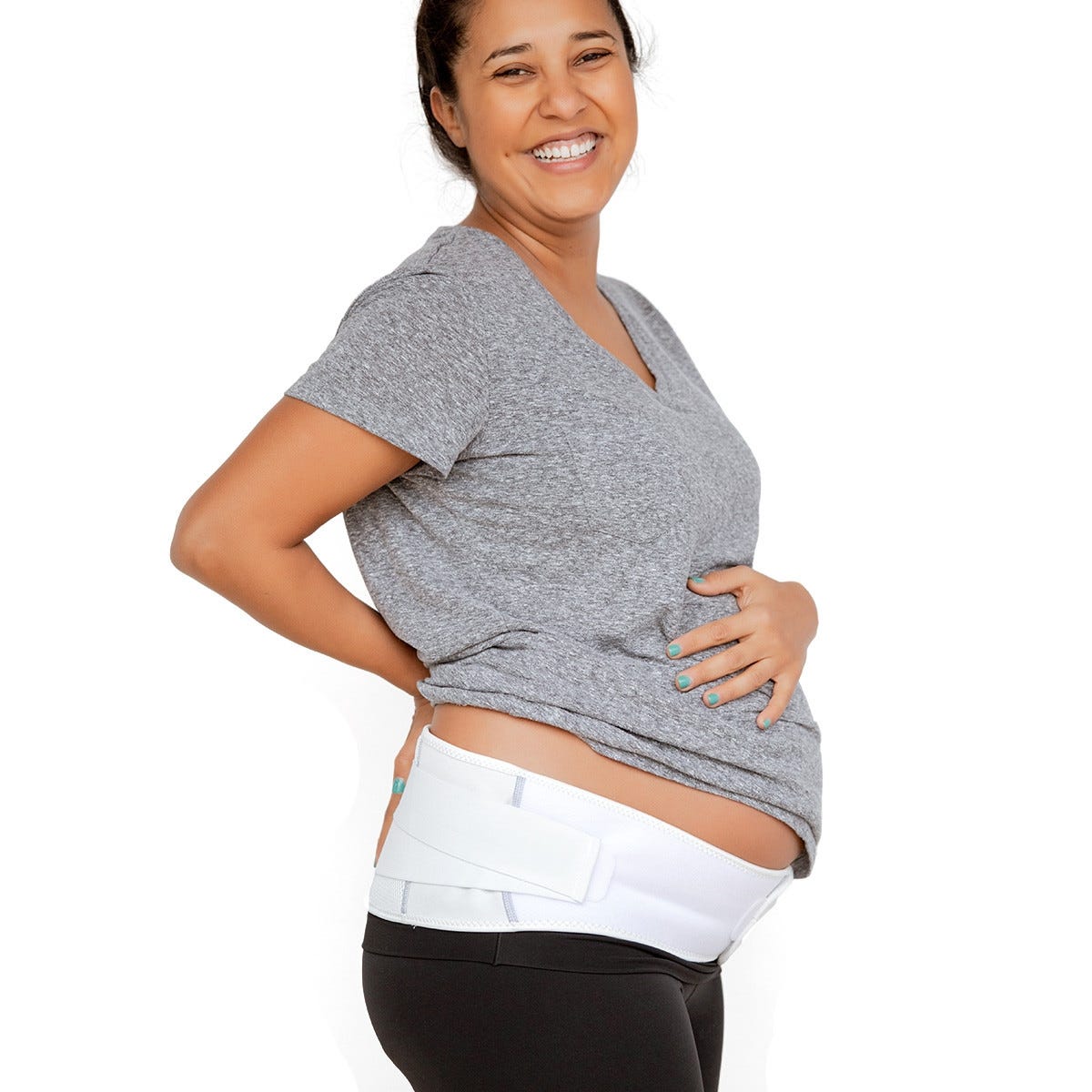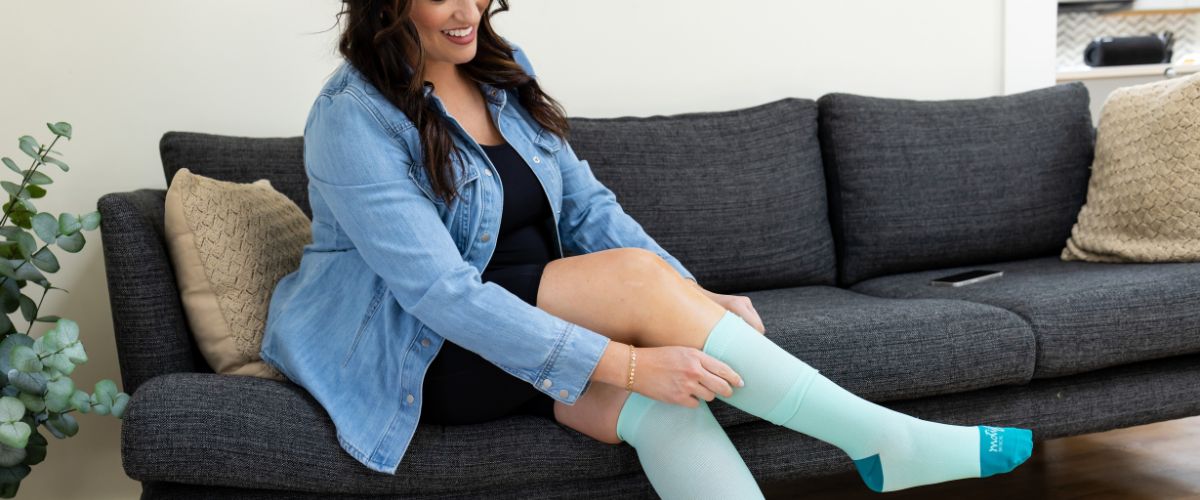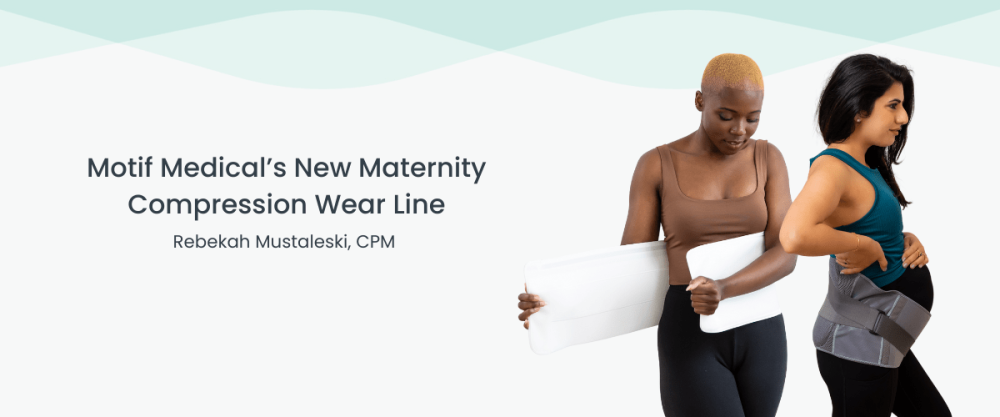When you’re pregnant, there are so many changes that are happening in your body through the nine months of growing a baby.
Not only are there visible physical changes, but your hormone levels also fluctuate and as you get closer to delivery, your body increases its production of relaxin, a hormone that loosens the ligaments and connective tissue in your body to help prepare for a vaginal birth. Many pregnant women find that by the third trimester they experience lower back pain or discomfort in their pelvic area when they stand for long periods of time or are active. What causes pelvic pain during pregnancy and is there anything you can do about it? There are several causes of pelvic pain in pregnancy. Let’s talk about each issue individually and discuss ways to alleviate the discomfort caused by them.
Table of Contents
First Trimester Cramping
In the first trimester of pregnancy, it’s totally normal to experience uterine cramping or low abdominal pain, both when your baby implants into your uterus and also as your uterus expands and stretches to accommodate your growing baby. Moving slowly, staying hydrated, and avoiding constipation will all help ease abdominal discomfort. In early pregnancy, you shouldn’t have vaginal bleeding, clots, or sharp one-sided pain. If you have pain around your ovaries or low abdomen, you’ll want to contact your healthcare provider as those symptoms can be a sign of an ectopic pregnancy, which is a life-threatening condition that requires medical help.
Pelvic Girdle Pain
As you get closer to the end of your second trimester, you may notice an increase in pressure in your pelvic region. Sometimes the discomfort is felt in front by your pubic bone or in your lower back by your sacrum. Your pelvic joints are beginning to get looser, thanks to relaxin, and they have a lot more movement to them than they did before you got pregnant. This is a good thing! Its one of the ways your body is preparing to make space for your baby to pass through your pelvic bones during birth. But between now and then, it can make it pretty uncomfortable and even painful for you to move around.
Pelvic Girdle Pain (PGP) is a general term for all of the aches and pains that can be felt in your pelvic area. It’s a bit of a catch-all term, but it can include pain in your lower abdomen, low back pain, pain in your hips, or across one or both sides of your lower back/buttocks (sciatica). The pain you feel may impact your ability to walk, climb stairs, turn over in bed, or get out of your car.


Symphysis Pubis Dysfunction
Symphysis Pubis Dysfunction (SPD) is specific type of pelvic girdle pain. It is a sharp pain that is felt in the front of the pelvis. The pain is caused by any movement that pulls on the connective tissue that joins the two sides of the symphysis pubis. Side-stepping, getting out of the car, or rolling over in bed can all exacerbate symphysis pubis dysfunction.
Thankfully there are several ways to help with PGP or SPD, or other pelvic pain during pregnancy. My first recommendation is always to go to pelvic floor physical therapy. All of the tips you’ll read in this article are general advice, but going to pelvic floor physiotherapy will enable you to have a personal assessment and give you an individualized plan of care to help keep you feeling your best. Your physiotherapist will be able to tell you specific exercises to strengthen and relax the exact areas of your pelvis that need work.
If you’ve been told you’re experiencing pelvic girdle pain, wearing a pregnancy support belt, like Motif Medical’s pregnancy support band, can help support your hips and back, especially on days that you know you’re going to be more active. Regular chiropractic care and acupuncture can also ease the pelvic pains that increase as pregnancy progresses. At the end of your day, take a warm bath with Epsom salts and make sure you rest! Your body will need it.
Round Ligament Pain
In addition to pelvic pain that is caused by tension and strain on the joints of the pelvis, there are other causes of pelvic discomfort during pregnancy. Beginning in the second trimester, you may experience round ligament pain. This is usually felt as a sharp, but short lived, pain in the groin or lower abdomen. It typically happens with movements like rolling over in bed or standing up. Your round ligaments are responsible for stabilizing your uterus from front to back and side to side—a job that gets harder as your baby continues to grow! Moving slowly can help prevent round ligament pain and doing daily inversions can help stretch these ligaments to relieve any tightness that may have accumulated.
Urinary Tract Infection
Having a urinary tract infection during pregnancy can also cause pelvic pain and discomfort. Signs of a urinary tract infection would be increased frequency, pain or burning when you urinate, cramping with urination, or upper back pain. If you are having any of those symptoms please contact your doctor or midwife, as a urinary tract infection can quite quickly spread to your kidneys during pregnancy and you’ll want to treat your UTI as soon as possible.
Pelvic Pain Prevention Tips
In general, making sure you have good posture as you move, sit, and stand throughout the day will also help prevent and alleviate pregnancy-related pelvic girdle pain. If your pelvis is tipped anteriorly or posteriorly when sitting, standing, or bending, you are more likely to experience pain or discomfort. You can add some hip and glute strengthening exercises to your daily routine, such as clam/reverse clam, gluteal bridge, supported squats, and 3-dimensional breathing. Only do these exercises if they do not hurt. If you try a movement and it is uncomfortable, you’ll need to find another way to engage that muscle so that it won’t put additional strain on your pelvis.
If you are experiencing regular pelvic girdle pain during pregnancy, make sure you talk to your healthcare provider about options for pain relief, particularly if you are experiencing severe pain. Your doctor or midwife can review your treatment options with you, which may vary depending on your weeks of pregnancy. While a backache and light menstrual cramps can be a normal part of a healthy pregnancy, there may be other health issues to consider so always let your healthcare provider know when you have new pregnancy symptoms begin.










